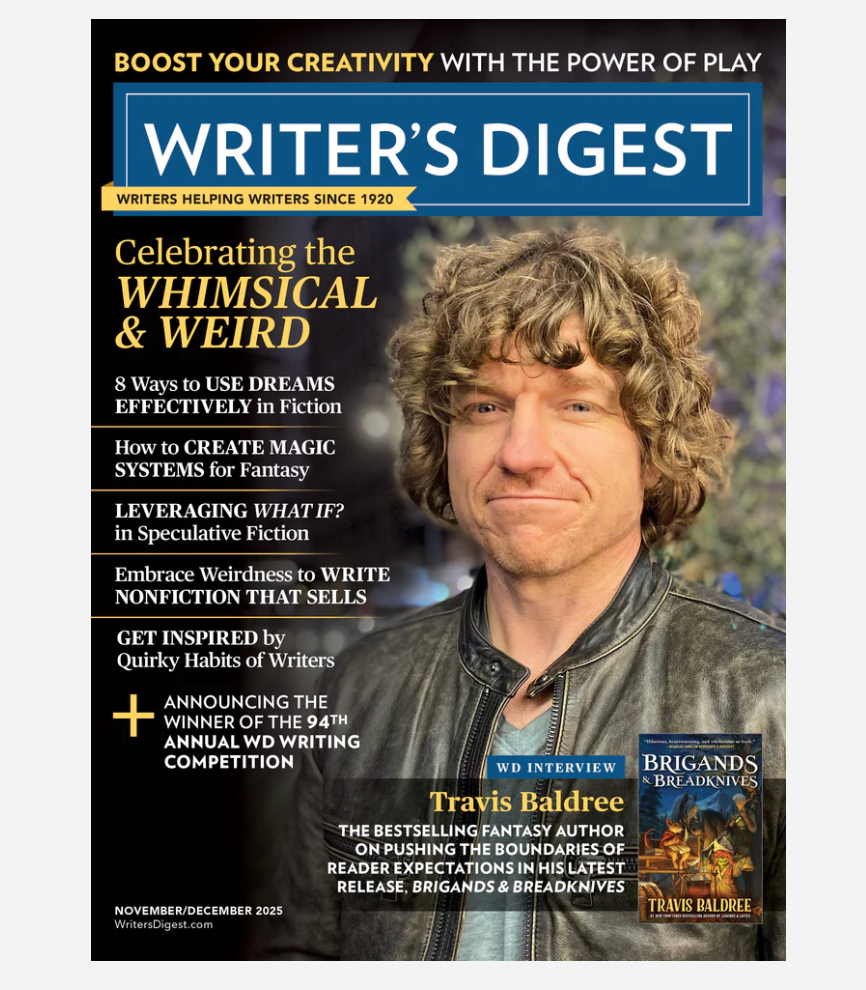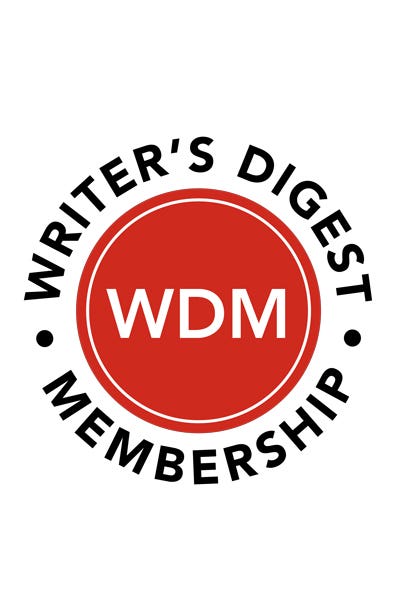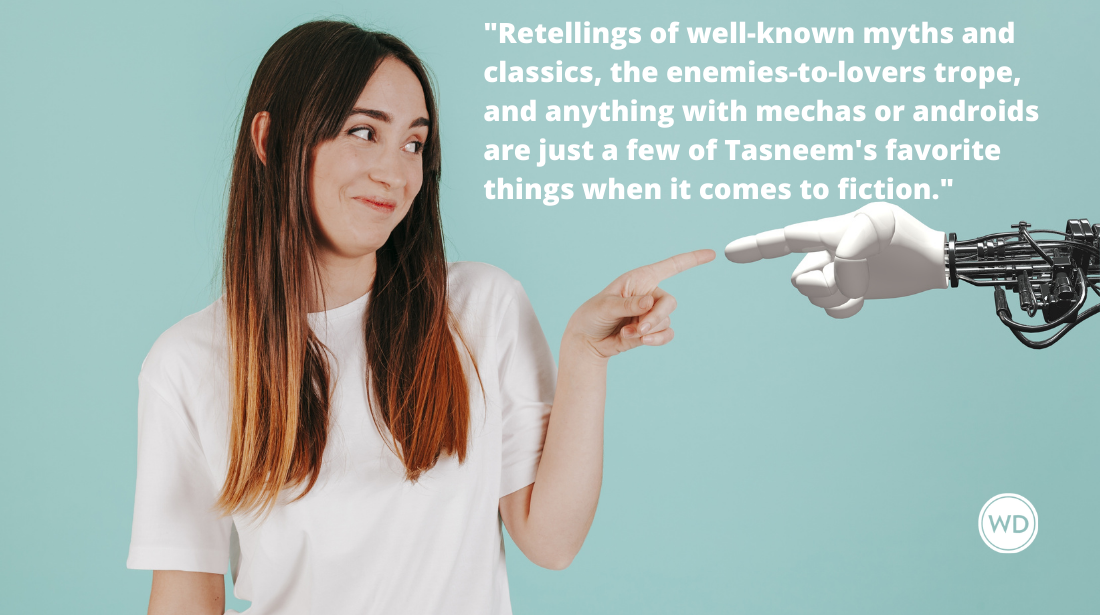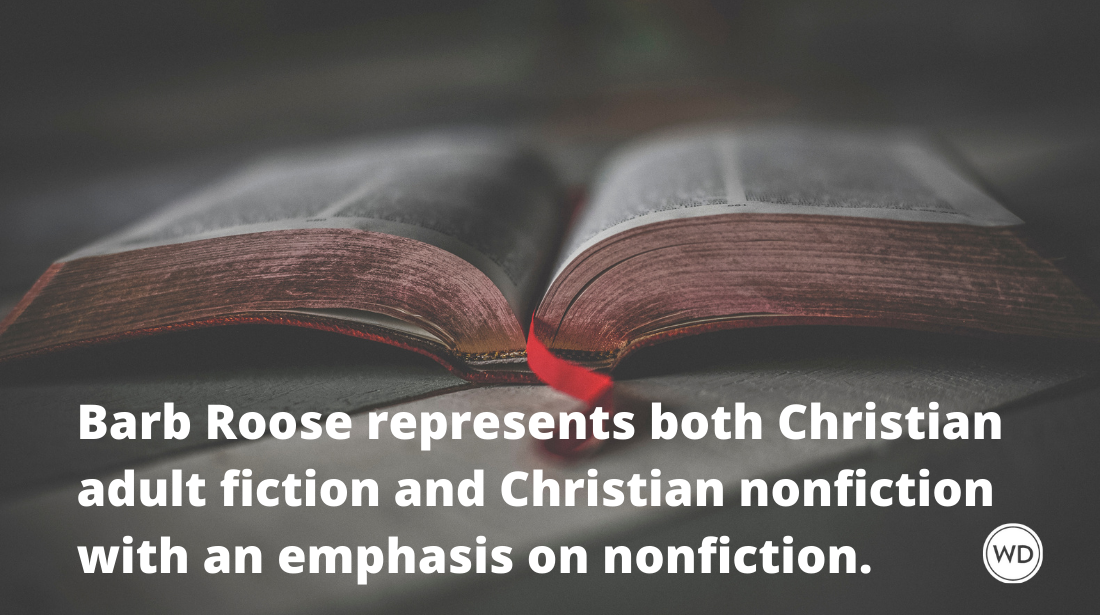The Essential Parts of a Novel Synopsis
You must start strong with the novel synopsis. Agents and editors want to be engaged when they’re up at night, plowing through submissions. Here are some tips for making yours stand out.
Editor's Note: These tips excerpted from Give 'Em What They Want: The Right Way to Pitch Your Novel to Editors and Agents, a book by Blythe Camenson and Marshall J. Cook. The book is a great resource for information on query writing, synopsis writing, and outline writing. It's all about "the right way to pitch your novel to editors and agents."
The Essential Parts of a Novel Synopsis
1. The Opening Hook
You must start strong with the novel synopsis. Agents and editors want to be engaged when they're up at night, plowing through submissions. If they don't like the opening, they won't get through the rest of it. Here is an example of an intriguing synopsis opening, from Monster by John Tigges:
"MAL and JONNA EVANS, in an effort to save their marriage, which has been jeopardized by Jonna's extramarital affair, go backpacking near Garibaldi Provincial Park, British Columbia. On their first night, while preparing their evening meal, a Sasquatch barges into their camp and grabs Jonna."
IndieBound | Amazon
[WD uses affiliate links.]
2. Character Sketches
You need to provide a sense of your main characters' motivations, especially those that will bring the characters into conflict with one another. "The characters' physical descriptions are not vital, but their motivations are," Marilyn Campbell says. Here is a part of the synopsis for Broken Connections, which earned the author a television movie option with this quick sketch of her heroine's backstory:
"Twenty-six-year-old JULIE HAMPTON, author of several gardening books, has returned to her native Boston from California after separating from her philandering husband, JOEL GREGG. Julie had fled to California seven years earlier to attend UC Berkeley and to put as much distance as she could between herself and her mother."
3. Plot Highlights
"Detail the beginning and ending scenes and one or two in the middle that give an indication of the kind of emotional intensity or type of action to be expected," Campbell says. So what constitutes a major scene worth noting? Consider: 1) Do I need this scene to make the primary plot hang together? 2) Do I need this scene for the ending to make sense? Your synopsis should reveal how much and what kind of trouble your poor protagonist is going to encounter.
4. Core Conflict
If your conflict isn't implicit in your first few sentences (a "hook"), spell it out. Your core conflict may, of course, overlap categories and could even touch on multiple types of conflict. Consider this:
"Tortured by grief and loss (person vs. self) and fleeing a wrong conviction for a crime he didn't commit (person vs. society), DR. RICHARD KIMBALL struggles to survive (person vs. nature) while fleeing the relentless lawman who pursues him (person vs. person).
5. The Conclusion
Don't close with a cliffhanger. Revealing the ending to your novel won't spoil the story for the editor or agent. It will show that you've successfully finished your novel. "Make sure every loose thread is tied up and never leave an editor guessing about anything," Campbell says. If your novel is one of a series, your ending can point to the sequel.
Chuck Sambuchino is a former editor with the Writer's Digest writing community and author of several books, including How to Survive a Garden Gnome Attack and Create Your Writer Platform.







